Product Category: Next Bike
-
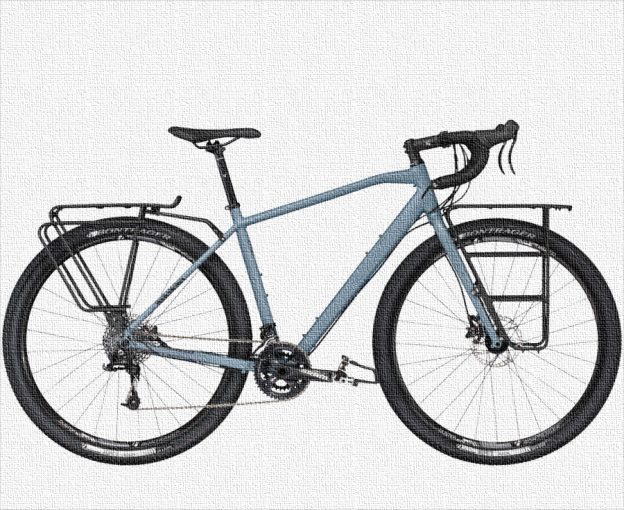
Adventure Bikes – Could This Be The One Bike That Can Do It All?
Over the past few years, a new category of bicycle has been developing – The Adventure Bike. Although Adventure bikes may look like a road bike, they offer features that allow them to be ridden off road. With such versatility, could these bikes really do it all?
-

Kid’s Bikes; Why They are Different and What’s Best For Your Kids
When it is time to get your child on the bike for the first time, or upgrade to a bigger size, knowing the differences between Kid’s bikes will make the job easier. Read on for more details.
-
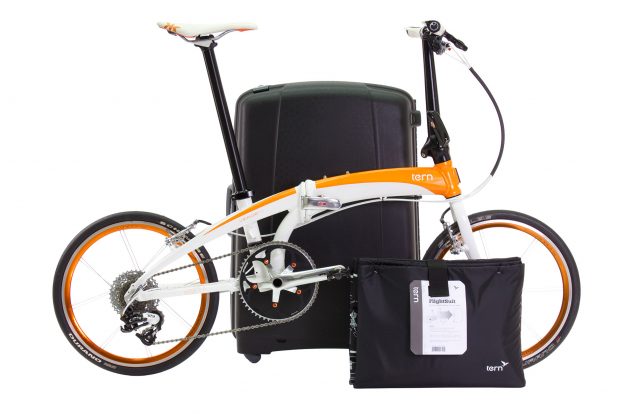
Learn How Folding Bikes are Fun, Fast, and Easy to Use
Folding bikes are the essential bike for anyone with limited space, a multi-mode commute, or the desire to travel with a bicycle is a Folding bike. Tons of companies make great folders that are featherweight and easy to use. Read ahead for tips on how to choose the right one, and for information on all…
-
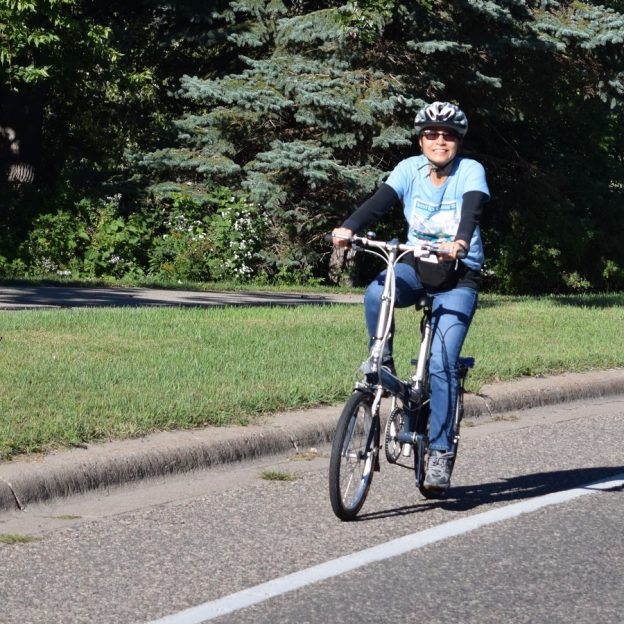
My Experiences Choosing, Traveling and Riding a Travel Bike Around the Globe
I have had the pleasure of owning a travel bike for the past ten years. When I bought it, I was traveling a few times a year to different bicycle industry events around the country and not riding. To escape this cycle, I decided to bring my own bike along on the next trip. Trying…
-
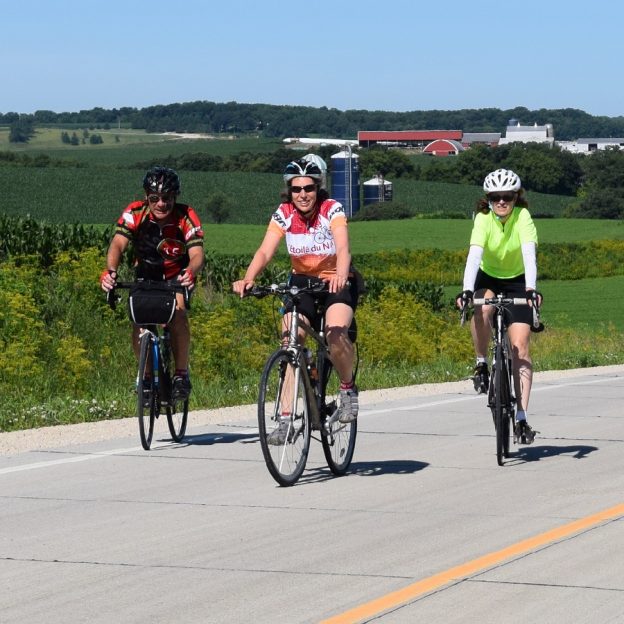
Hybrid Bikes: What are the Differences and What’s the Right One for You
Trail or fitness bikes, Hybrids, Dual sport bikes, all fall into the same category of bike. Although these bikes all occupy the same category, they have very different uses. Read on to find out what bike will fit you needs best.
-
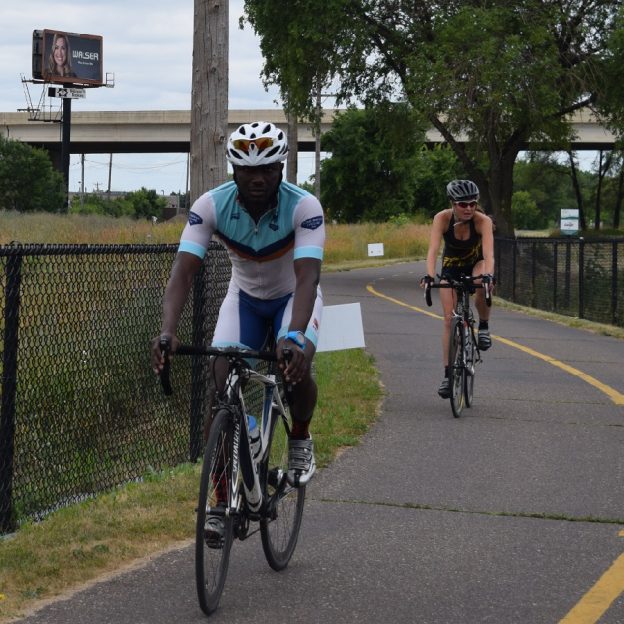
Road Bikes: What are the Differences and What’s Best for You
Road bikes have been popular in cycling for longer than any other category. Read on to see how to wade through a century of history, and countless products to find the right bike for you.
-
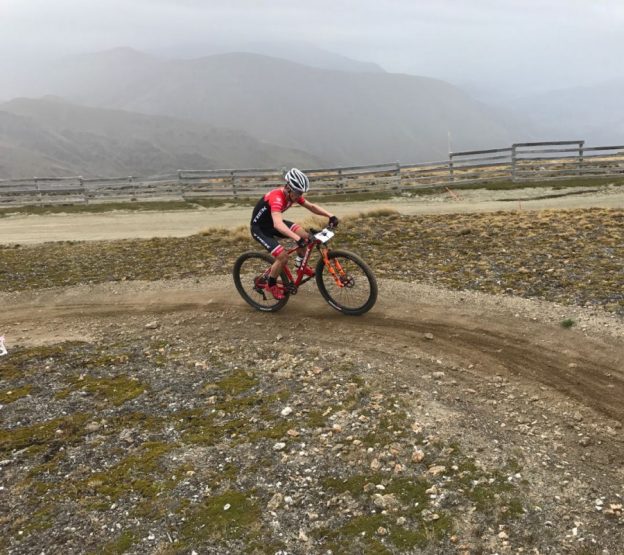
Mountain Bikes: What Is Best for You and the Terrain You Will Ride
Mountain Biking is one of the most enjoyable ways to experience the outdoors. With vastly different terrains around the world and countless types of riders, manufacturers have made bicycles to meet the demands of both. Read on to see what option is best for you.
-
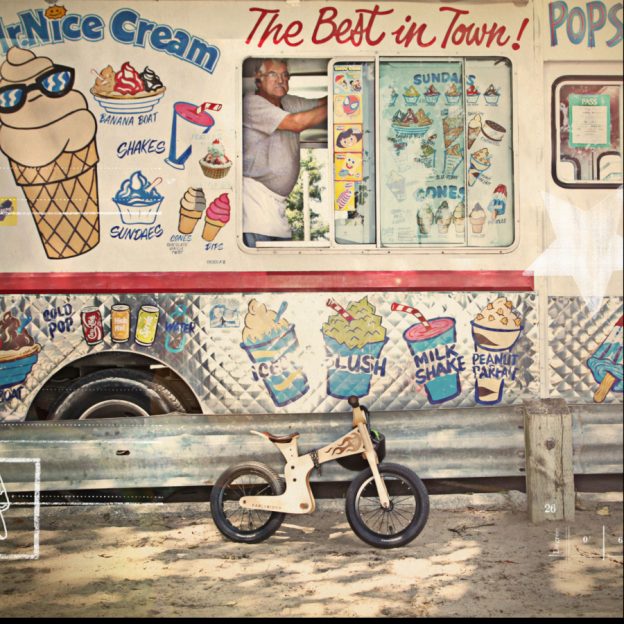
Teach Kids to Have Fun Riding with a Balance Bike
Balance bikes are sweeping the world as the best way to teach children to ride bikes. What is a balance bike and how does it work? They look a lot like a normal bike with two wheels, frame, seat and handlebars. The difference is there is no crank, chain or pedals on a balance bike…
-
What is the Right Bike for You?
Like everything else in the world today, there are no shortages of choices when it comes to bikes. So how do you figure out what is the right bike for you? Step one, determine where you want to ride. Typical choices are: –Road Bikes designed exclusively for pavement riding. –Path/Trail Encompassing everything from paved roads…
